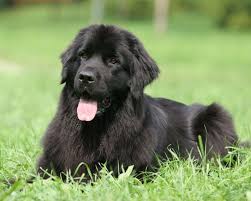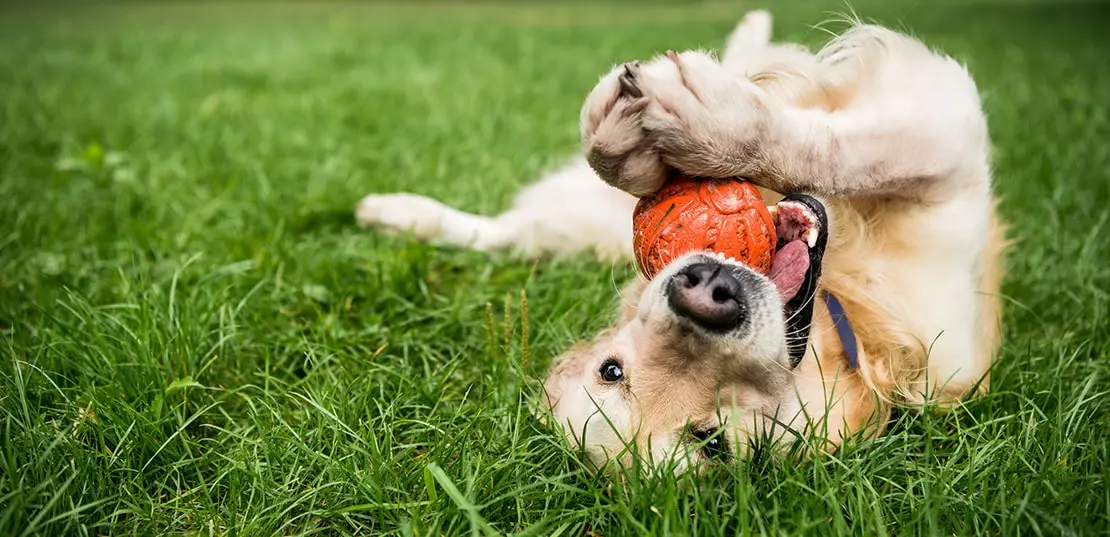
Moscow Water Dog
Conditions of detention
Moscow Water Dogs were bred for rugged environments and were expected to thrive in outdoor and challenging conditions. They would have required ample space and access to water bodies for training and exercise.
Useful Fact: Although the breed is extinct, its descendants, like the Black Russian Terrier, still benefit from spacious living conditions and regular exercise.
Nutrition and diet
As a large and active breed, the Moscow Water Dog would have required a diet rich in protein to support its muscle mass and high energy levels. A balanced diet with appropriate nutrients would have been essential for their health.
Useful Fact: High-quality dog food designed for large breeds ensures that similar breeds today receive the necessary nutrients for growth and activity.
Health
The health of the Moscow Water Dog would have depended on its genetic background, which included Newfoundlands, known for their predisposition to hip dysplasia and other joint issues. Regular veterinary care and monitoring would have been crucial.
Useful Fact: Preventative care and regular check-ups can help manage and detect health issues early in large breeds with similar backgrounds.
Grooming and care
Moscow Water Dogs had thick, water-resistant coats that required regular grooming to prevent matting and to keep their fur healthy. Frequent brushing would have been necessary, especially during shedding seasons.
Useful Fact: Regular grooming helps maintain the coat’s health and allows for early detection of skin issues or parasites.
Education and training
Training the Moscow Water Dog would have required consistency, firmness, and patience due to their strong and independent nature. Early socialization and obedience training would have been crucial.
Useful Fact: Positive reinforcement methods are effective in training large, intelligent breeds, helping to foster good behavior and responsiveness.
Toys and entertainment
These active dogs would have enjoyed a variety of toys, including fetch toys, chew toys, and water toys. Regular playtime and mental stimulation were important to keep them engaged and prevent boredom.
Useful Fact: Providing interactive and durable toys can keep large, active dogs mentally stimulated and physically active.
Safety
Ensuring a secure environment was crucial for the Moscow Water Dog due to its size and strength. Proper fencing and supervision would have been necessary to keep them safe and prevent them from wandering.
Useful Fact: Strong and secure fencing is essential for large, powerful dogs to prevent escapes and ensure their safety.
Accessories
Basic accessories for the Moscow Water Dog would have included sturdy collars, leashes, and identification tags. They would also benefit from a large, comfortable bed and appropriate-sized crates if crate training.
Useful Fact: Using a harness can provide better control during walks and reduce strain on the dog’s neck, especially for large breeds.
Socialization
Early and ongoing socialization was important for the Moscow Water Dog to ensure they were well-adjusted and confident around people and other animals.
Useful Fact: Puppy socialization classes help large breeds become well-rounded adults, preventing aggressive or fearful behaviors.
Travel and Transportation
Traveling with the Moscow Water Dog required secure and spacious arrangements due to their size. Frequent breaks and comfortable accommodations were necessary.
Useful Fact: Using a secure crate or a seatbelt harness during car rides ensures the safety of large dogs.
Behavior and psychology
Moscow Water Dogs were known for their loyalty, intelligence, and strong protective instincts. They formed strong bonds with their families and thrived when given regular physical and mental stimulation.
Useful Fact: Understanding their need for companionship and a role within the household helps prevent behavioral issues in large, intelligent breeds.
Legal aspects
In their time, there were likely no formal legal regulations regarding the Moscow Water Dog, but responsible breeding and care were important for maintaining the breed’s qualities.
Useful Fact: Today, it is important to stay informed about local laws and regulations regarding the ownership of large and protective breeds.


